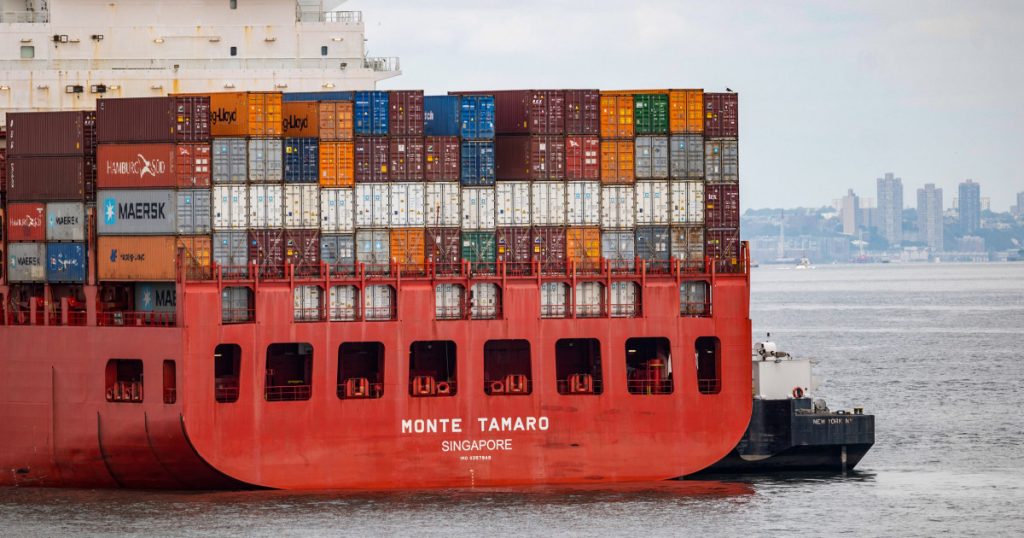Former President Donald Trump has been vocal about his support for tariffs, describing it as his favorite word. He has proposed various tariff increases on foreign goods entering the United States, including a 20% blanket tariff on all imports, tariffs as high as 100% on certain products, and a 2,000% tariff on vehicles from Mexico. Economists, however, widely oppose these proposals, warning that they would likely lead to higher prices for consumers. Tariffs are deterrents imposed on imported goods to encourage domestic sourcing, with the cost passed on to consumers when firms cannot find alternate sources.
Trump believes the revenue generated from tariffs could fund various initiatives, such as tax cuts and subsidized child care. However, Vice President Kamala Harris has criticized these proposals, calling them a sales tax on the American people that could cost households thousands of dollars per year. While some economists agree that tariffs act as a form of sales tax, they caution that the impact on prices may vary depending on the source of the products. While fully imported goods may see a price increase equal to the tariff rate, products assembled domestically with a mix of imported and domestic parts may see a smaller increase in cost.
Despite the opposition from economists, tariffs have gained more bipartisan support in recent years as concerns about global trade practices grow. Both the Trump and Biden administrations have maintained and even expanded tariffs on various foreign goods, citing the need to protect domestic markets and industries. While supporters of tariffs argue that they can protect and promote domestic producers, critics argue that they ultimately lead to higher prices for consumers. Some research has shown that tariffs can result in price hikes for both domestic and foreign brands, with the entire incidence of the tariffs falling on domestic consumers.
While tariffs may have some impact on foreign producers lowering prices to remain competitive, the benefits to U.S. consumers are limited. Research has shown that tariffs can lead to price increases for domestic products as well, as seen in the case of washing machine tariffs where American brands also raised prices. Additionally, protectionist trade policies such as tariffs can have a negative impact on the economy, reducing GDP and costing jobs. Despite concerns about job loss, tariffs are often ineffective at bringing back jobs in a significant manner and can have negative consequences for global trade and economic growth.
While tariffs may have some political appeal in regions that have suffered from the loss of manufacturing jobs, economists caution that they are not an effective solution for job creation. Some estimates suggest that Trump’s proposed tariff plans could reduce GDP and cost hundreds of thousands of jobs. Ultimately, the impact of tariffs on consumers, businesses, and the economy as a whole needs to be carefully considered when evaluating trade policy. While there may be benefits to protecting domestic industries, the potential costs in terms of higher prices, job losses, and reduced economic growth are significant factors to consider.


